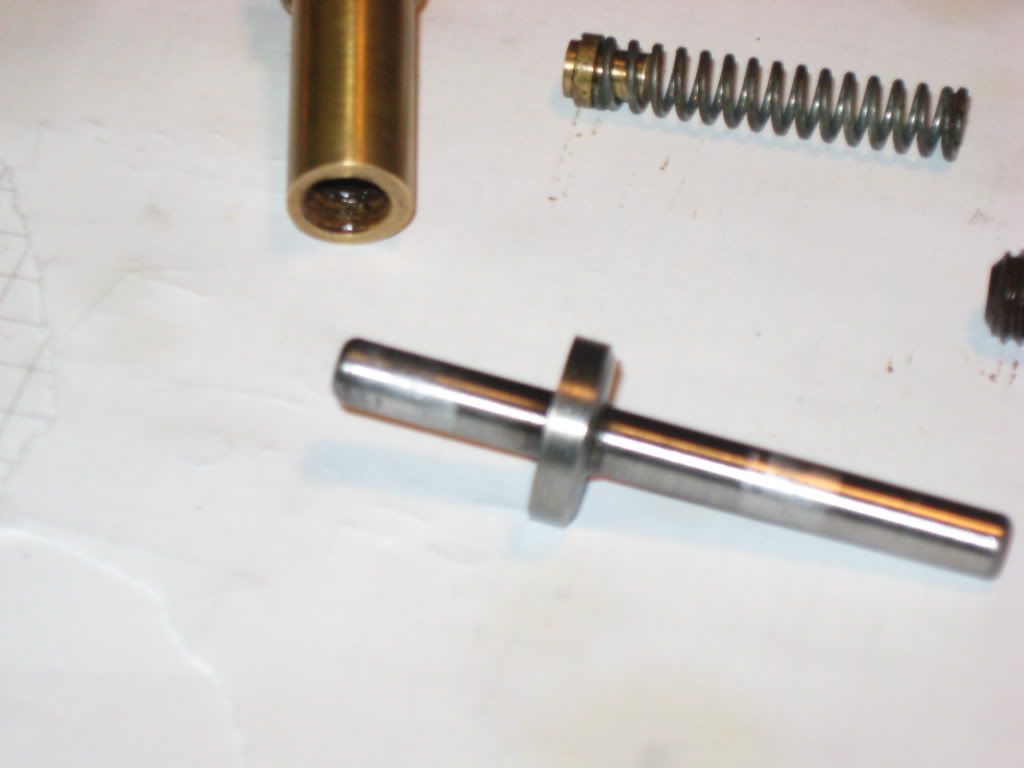Lakc
Well-Known Member
That's guaranteed to happen at least twice a project for me, dont feel bad. 
A little heat will help with the threadlocker.
A little heat will help with the threadlocker.








![DreamPlan Home Design and Landscaping Software Free for Windows [PC Download]](https://m.media-amazon.com/images/I/51kvZH2dVLL._SL500_.jpg)


Brian Rupnow said:Vascon---Where do you live? This is driving me crazy!!! I may have to hitchhike to your place and help you to get that thing running!! When they are that close, and you have enough compression to make the piston "bounce" back when you flip the flywheel by hand, it shouldn't take nearly that much agravation to make them run.---Brian
stevehuckss396 said:How wide is the valve seat surface? The surface of the seat that contacts the valve should be .010 - .015 wide. Is it wider than that?
Dont use normal lapping compound. It is too course and will do more damage than good. Try to find some lapping compound with about 400 grit.
Philjoe5 said:Chris,
I started this hobby trying to make a Stirling engine. Build #1 - a failure, #2 - a failure. Got plans for a larger one, build #3 - a failure, build #4 - a failure, build #5 - not a complete failure, but a really poor runner. This represented a year of effort. I desperately needed a success. So I switched gears, and built a fairly simple steam engine. I liked the basic design of that engine so I spent the next year making all kinds of variations of it.
Meanwhile I'd glance over at the Stirlings gathering dust thinking I'd have another go at trying to get them to run. At this point I've found much more interesting things in steam engine design and doubt I'll ever go back to the Stirlings. Do I feel like a quitter? No, I'm just having one heck of a lot more fun that I did in that first year. But I learned a lot from trying the Stirlings and there's no doubt they gave me some valuable experience.
My advice - given your present level of frustration, put this engine aside. Start another project. Anything that will likely lead to success. You can always come back to the Ford engine. When taking a hammer to your handwork seems like a solution, it's time to consider other options.
Just rambling on a subject I'm familiar with - FRUSTRATION
Cheers,
Phil
vascon2196 said:Is wider better?
stevehuckss396 said:No, the wider they get the harder it is to get sealed.
kcmillin said:Chris, I was having a heck of a time getting my valves to seal on the Tiny I4. What I ended up doing was re-cutting the valve to 46 degrees, and leaving the valve seat 45 degrees.(This should give you the tiny valve sealing surface .010 or so) Then I mixed up a homebrew batch of valve lapping compound. I started by scraping off some fine powder from a stick of jewlers rouge (regular hardware store stuff), toothpaste (I am not sure which is the best to use) , a dab of grease and a drop of oil. I then spent about ten minutes with each valve, turning and lifting. This is a labor intensive process and probably not the best way, but for the most part it worked for me....... except for that pesky #2 exhaust valveoh: :big:
Kel
Kel
cfellows said:Just a thought, I wonder if using a stronger spring on the exhaust valve might encourage it to seat?
Chuck